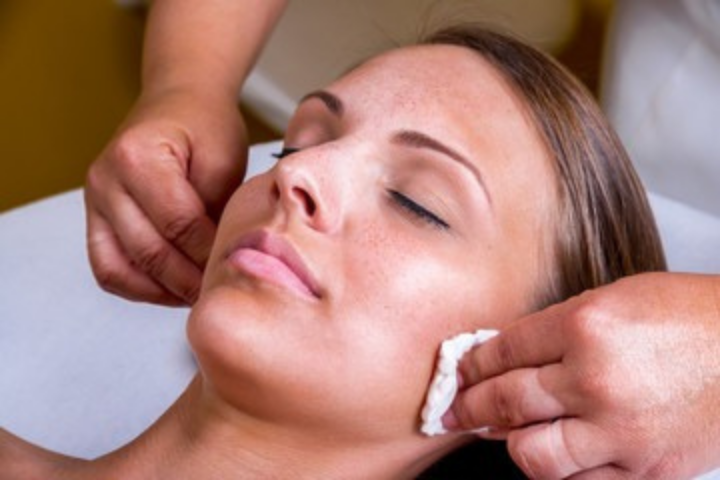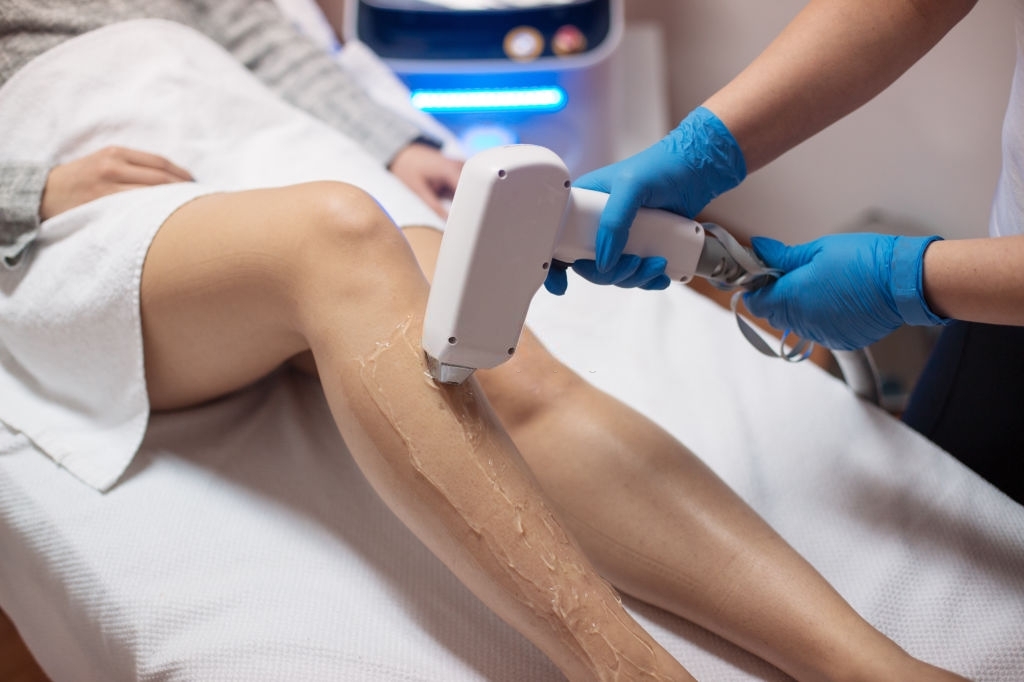Chemical skin treatment lessens skin damage and gives the skin an impeccable and more youthful semblance. When you visit a dermatologist for a facial chemical peel or a face peeling treatment, he/she advises the most suitable chemical peel based on your requirements and skin type.
Superficial peels are out of harm’s way for all skin types. Any skin peel on the face or skin needs some halt for recovery and sometimes could result in side effects, like skin peeling, redness and vulnerability to sunlight.
How Does the Chemical Peel Process Work?
Face skin peeling treatment uses chemical peels that work with the help of various acids. The peels contain acids that elevate the skin’s acidity to a pH level of 3.8. Generally, the pH of the skin is around 5.5, and any alterations in the pH of the skin can chemically loosen the cells that bind the dead skin to the healthy skin. With the cementing chemically reduced, flaking occurs as dead skin is effaced to reveal the healthy skin beneath. This procedure supports the growth of healthy and rejuvenated skin cells.
Most facial chemical peels comprise one of the two following types of chemical exfoliants:
Alpha hydroxy acids (AHAs): These are naturally prevailing substances that are derived from foods. For example, lactic acid in sour milk and citric acid in citrus fruits. They help the skin to shed by slacking the surface layers. They help cure scars, uneven skin tone, hyperpigmentation and acne.
The most common AHAs are:
- Glycolic acid
- Malic acid
- Citric acid
- Mandelic acid
- Lactic acid
Beta hydroxy acid (BHAs): It is also called salicylic acid. While AHAs help to loosen the skin’s surface layers, BHAs help to pierce through the skin pores and dissolve the oil, debris and dirt in them. Therefore, BHAs are effective for fighting oily skin, skin exasperations and acne.
Also read: |UNDERSTANDING THE DIFFERENT TYPES OF CHEMICAL PEELS AND THEIR BENEFITS|
Is a Chemical Peel the Right Cosmetic Treatment for You?
During a chemical peel treatment, a light peel upgrades the texture of the skin and tone, and reduces the emergence of fine wrinkles. The outcome is subtle, but rises with repeated treatments. On using a medium peel, the cured skin will become smoother. After a deep peel, the patient will notice a considerable improvement in the look and sense of treated areas. Results of the chemical skin peeling on the face and other areas may not always be permanent. With time, fresh sun damage and age, new lines may appear with skin colour.
The usage of any peels will result in the new skin being momentarily more sensitive to the sun.
Who Should Not Opt for Chemical Peels?
There are few skin types that are more probable to grow a momentary or permanent colour change in the skin after a chemical peel. This is generally observed in people taking birth control pills, succeeding pregnancy, or a family history of dark discolouration on the face. The possibility of scarring in distinct areas of the face is low. Some patients may be more susceptible to scar. Cold sores may regenerate for those who have a history of a herpes outbreak.
Chemical peel treatment or facial chemical peel does not suit everyone. People who have dark skin pigmentation should be careful about having a face peeling treatment. The tincture of the freshly cured skin might be significantly different from the patient’s current skin colour.
Like every other treatment, chemical peel treatment also has certain side effects, risks and complexities that comprise scarring, infection and a considerable variation in the hue of the new skin.
Aftercare and Recovery
The strength of the skin peel on the face or skin determines the total downtime required for a chemical peel. For example, when a superficial peel is used, the peel has a rapid recovery time of under a week. A more aggressive peel that treats deeper skin layers needs 1–2 weeks of recuperation time.
The skin is usually sensitive right after a chemical peel treatment or a face skin peeling treatment. The patient should avoid facing the sun directly during, as well as after the healing and recovery process. There is a possibility that the skin may remain tender and vulnerable to the UV rays of the sun for some time after the chemical skin peeling on the face or the skin. You must protect the skin from harmful rays, so a sunscreen with a minimum of SPF 30 is advised.
Visit Dermcos Skin Care Clinic, the best skin care clinic in Gurgaon for the best chemical peel treatment.


